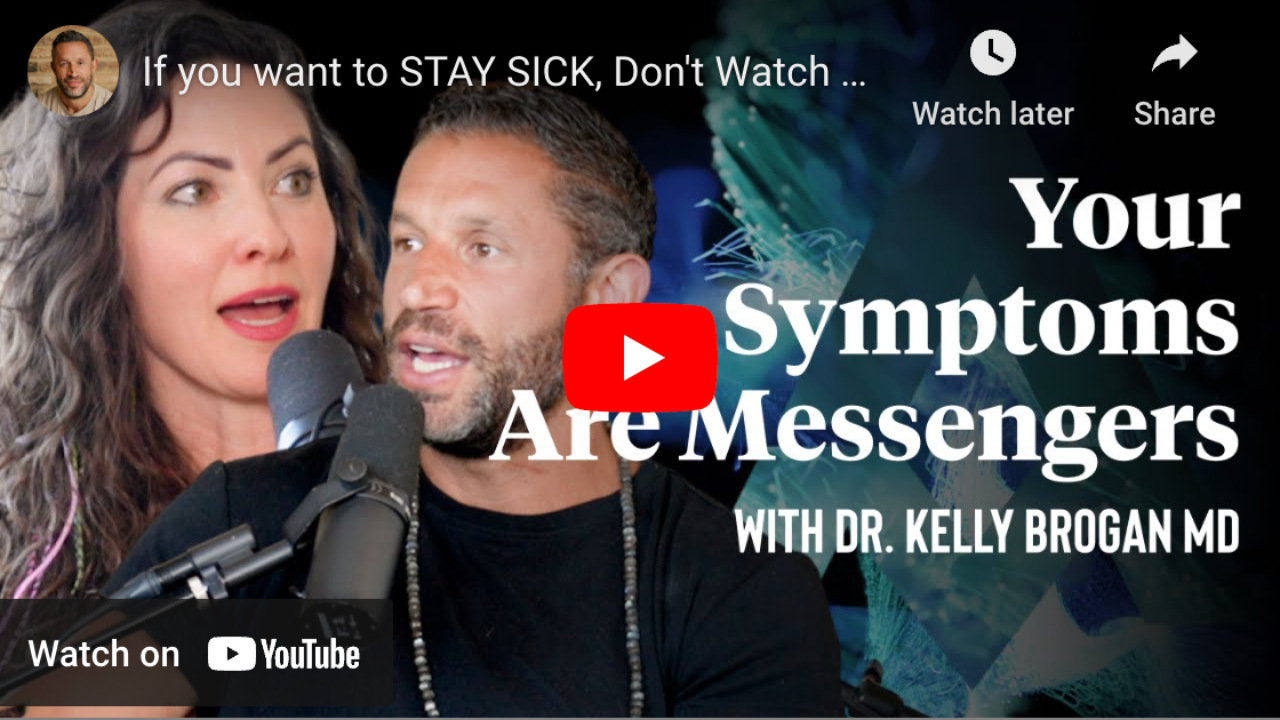The Cocktail Effect

Be skeptical.
Be very skeptical when you are delivered platitudes of reassurance about the safety of chemicals and pharmaceutical products from those who stand to profit from their sales. It can take more than a decade for signals of harm to trickle into consciousness. We have an even more complex problem at play here: scientists are not doing the right types of studies.
I specialized, in residency and fellowship, in the “safety” of psychiatric medications during pregnancy and breastfeeding. After memorizing every study on the subject, I furrowed my brow and said, “Hold on a minute…these studies aren’t asking the right questions!” They ask – are babies born on time, are they big or small, and are they born with ten fingers and ten toes.
In today’s modern day toxic soup, these questions miss the mark of establishing the risk of chronic disease and neurodevelopmental delay and dysfunction. These studies tend not to control for important variables of biochemical individuality such as inflammatory markers, the gut microbiome, and obesity. And they definitely don’t ask questions about synergy.
What’s Synergy?
It’s the dynamic effects of toxicants in combination. It’s the new toxicology. One that acknowledges that even low doses of chemicals, particularly when combined, can sabotage cellular processes. It also acknowledges the role of hormones in this reaction, from cortisol to estrogen.
A powerful new study published in Nature Communications meets the science head on, exploring the Cocktail Effect. It looks at the effect of a synthetic estrogen in the birth control pill on the toxicity of a pesticide. The endocrine disrupting potential of the more than 150,000 chemicals in our environment may have the capacity to disrupt our metabolism when combined with pharmaceutical exposures as common as oral contraceptives.
Delfosse et al are the first to identify how this can happen by showing that independent chemical molecules can help each other plug into the same hormonal receptor and activate it in a supercharged way. The amazing fact is that these chemicals have this hormonal effect at doses at which they are inactive when separate. In their non-user-friendly jargon, they state:
Our results suggest that the formation of ‘supramolecular ligands’ within the ligand-binding pocket of nuclear receptors contributes to the synergistic toxic effect of chemical mixtures, which may have broad implications for the fields of endocrine disruption, toxicology and chemical risk assessment.
What this means is that one chemical/toxicant can make you more vulnerable to another, as we have seen with glyphosate, the active ingredient in Roundup, and that multiple chemicals can wreak more havoc than individual chemicals alone.
Here’s one more reason to ditch birth control, go organic, and clean up your products!
Want to continue reading?
Enter your details below to read more and receive updates via email.









